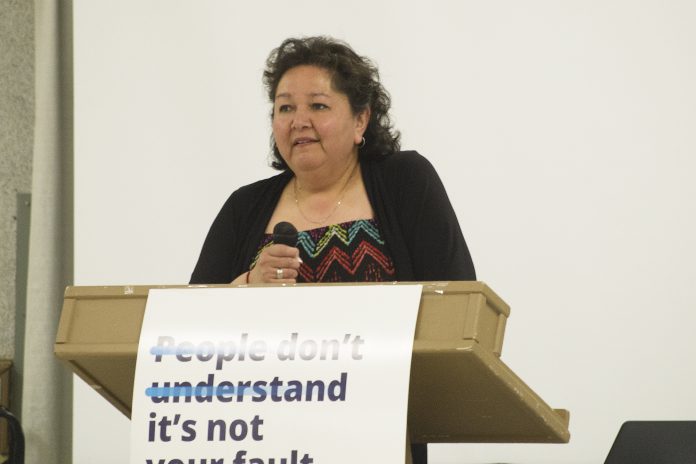
Twilah Smallchild’s first reaction when she was diagnosed with diabetes was denial.
The Beardy’s and Okemasis First Nation resident has two sons, and was concerned about what would happen to them if her health slipped. As a result, she did everything she could to avoid acknowledging there was a problem.
“I didn’t want it,” Smallchild remembered. “I was in denial. As soon as I was told by my doctor, I walked out and said, ‘no, I don’t want it.’”
Smallchild quickly found out she was part of a fairly large group. First Nations people are three to five times more likely to suffer from diabetes, according to Diabetes Canada, and struggling with acceptance is a major issue.
“When you find out you have something like (diabetes), it does something to you,” Smallchild explained. “For me, it made me feel like I had a death sentence almost. I wasn’t whole. I was broken.”
“Death-sentence” is a word Smallchild hears a lot when the topic of diabetes comes up in aboriginal communities, and there is some reason for concern.
Canadians with diabetes are three times more likely to be hospitalized with cardiovascular disease, 12 times more likely to be hospitalized with end-stage renal disease and more than 20 times likely to have a non-traumatic lower limb amputation.
It’s particularly bad for Canada’s First Nation’s population. According to the Public Health Agency of Canada, 17.2 per cent of First Nations who live on reserve suffer from diabetes, along with 10.3 per cent who live off reserve. Only five per cent of Canada’s non-aboriginal population suffers from the disease.
For the rest of this story, please see the May 18 online or print edition of the Daily Herald.

